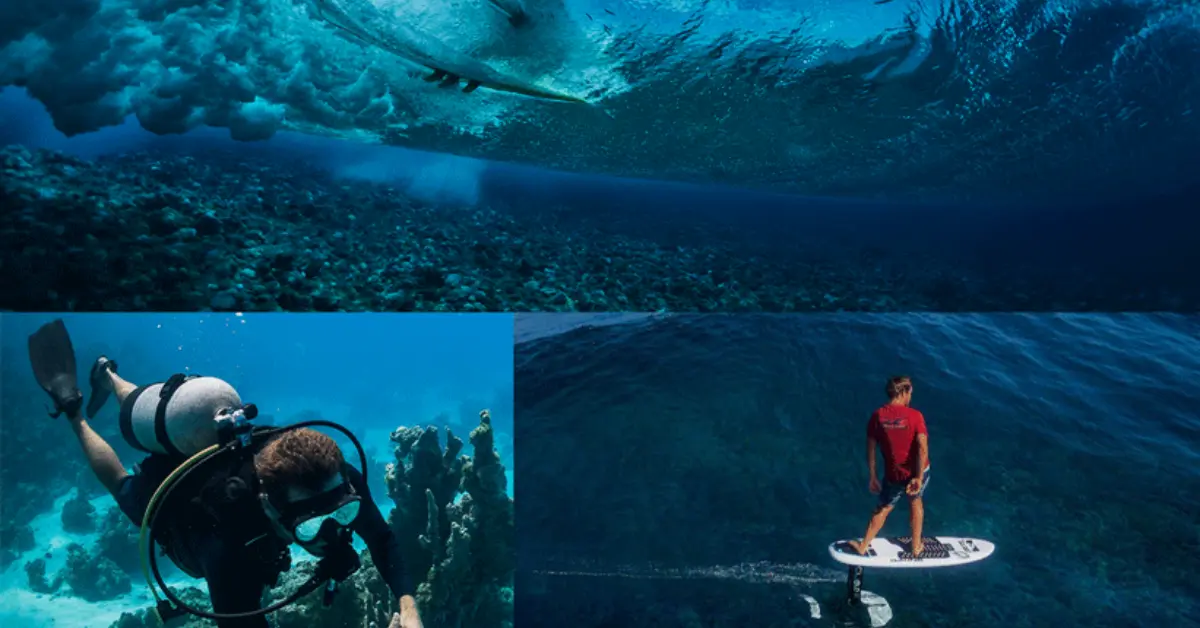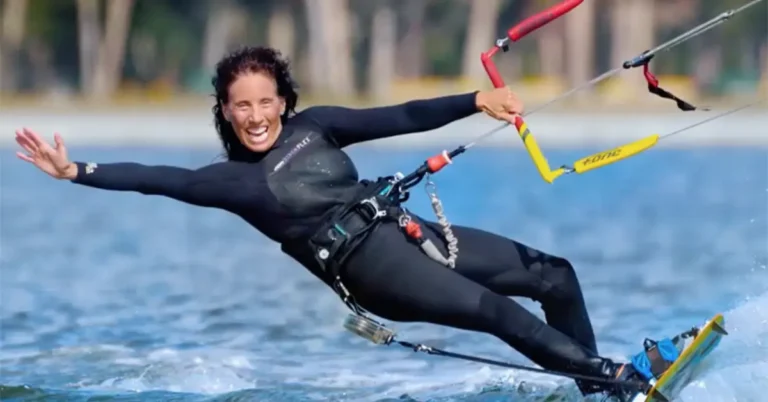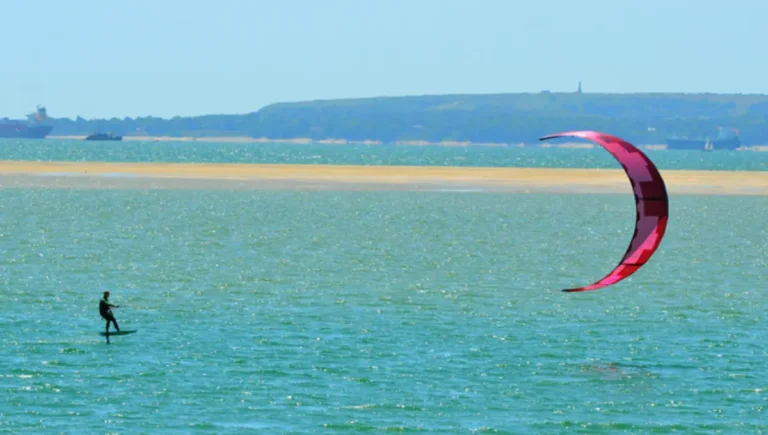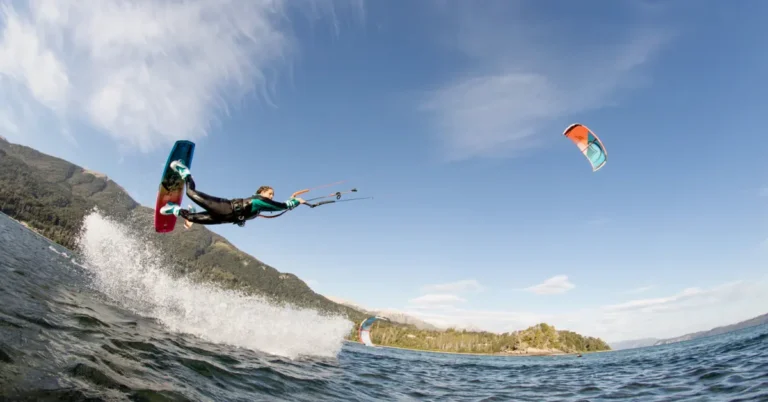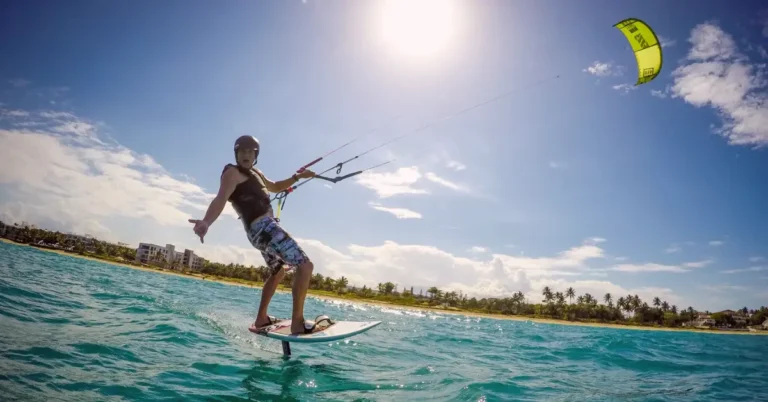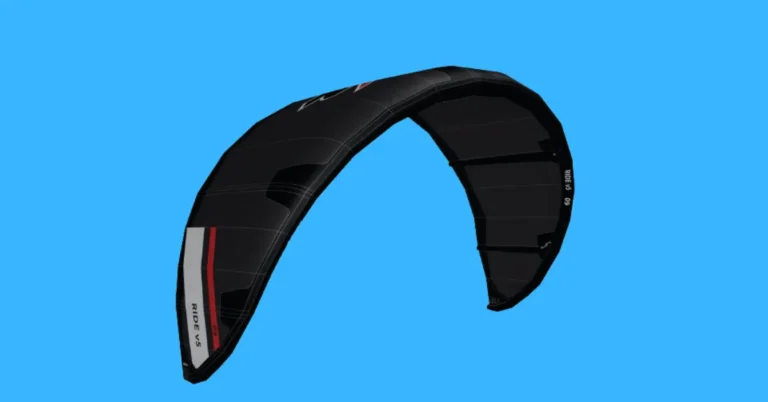What Happens When You Go Underwater While Kitesurfing
When you go underwater while kitesurfing, it’s an experience that combines excitement and challenges. Whether propelled by a sudden gust of wind or a mistimed manoeuvre, submerging yourself initiates a unique journey. The sensation of weightlessness contrasts with the increased pressure as depth grows, creating a dynamic environment.
Underwater visuals undergo a mesmerizing transformation, with light refracting in captivating ways. Sounds become muffled, offering serene tranquillity amidst the rush of water. Maintaining composure is crucial for safety, enabling controlled navigation and a swift recovery to resurface and regain momentum.
Also Read: Understanding Wind Directions For Kiteboarding
The Dive: Submerging Beneath the Surface
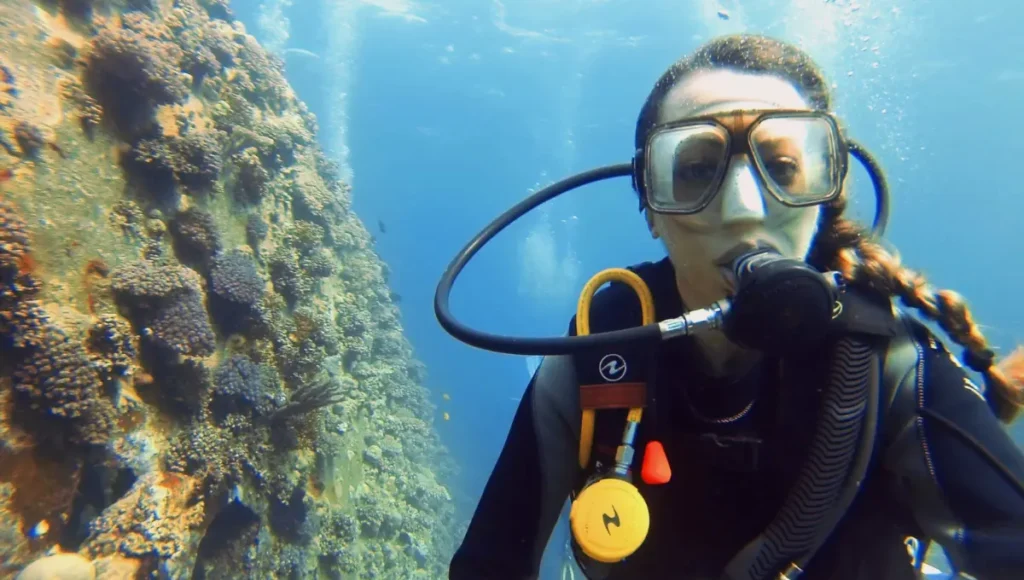
When a kitesurfer is propelled underwater, it’s often the result of a mishap such as a sudden gust of wind or a mistimed maneuver. As the kite loses its lift, the rider is pulled beneath the water’s surface, initiating what is known as a “dive.”
The Sensation: Weightlessness and Pressure
Upon submersion, kitesurfers experience a sensation of weightlessness as the buoyancy of the water counters the force of gravity. However, this weightlessness is accompanied by increased pressure as the depth increases, exerting itself on the body.
The Visuals: Distorted Perspectives
Underwater, the visual landscape undergoes a profound transformation. Light refracts differently through the water, distorting perspectives and altering the perception of distance and size. Objects may appear closer or larger than they are, creating a surreal environment.
The Sound: Muffled and Serene
Sound behaves uniquely underwater, becoming muffled and distant. While submerged during kitesurfing, riders may notice a serene quietness as the water’s density dulls external noise. The only audible sounds are often the rhythmic beating of one’s heart and the faint rush of water around them.
The Control: Maintaining Composure
Maintaining composure is essential for kitesurfers caught underwater. While instinct may drive one to panic, remaining calm is crucial for safety. By controlling their movements and orientation, riders can navigate underwater obstacles and resurface safely.
The Recovery: Resurfacing and Regaining Momentum
After a dive, the kitesurfer must execute a swift and controlled recovery to resurface and regain momentum. This involves assessing the kite’s position, adjusting body posture, and harnessing the wind’s power to propel oneself back to the surface.
What happens if the snorkel floats while you’re underwater?
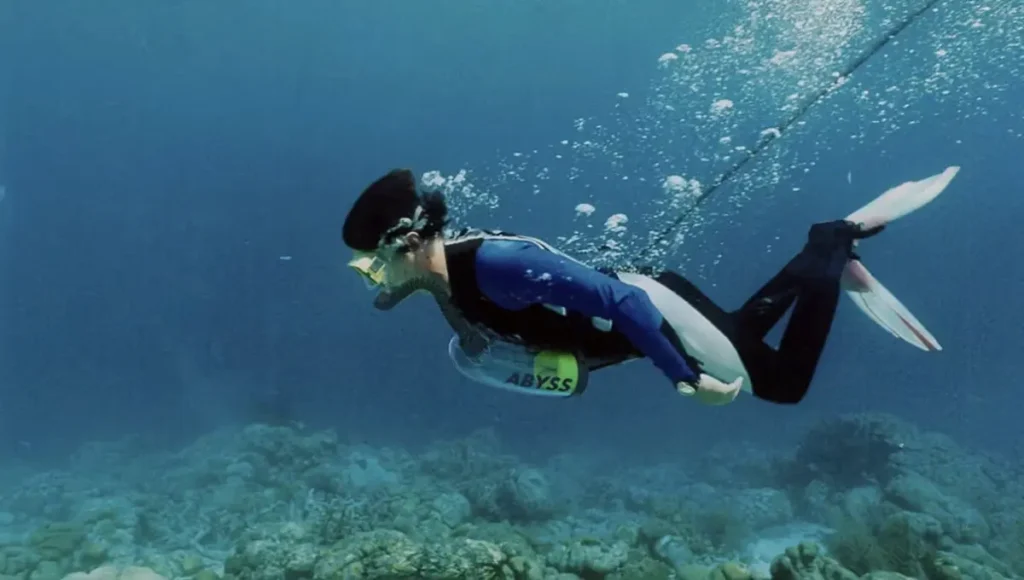
If your snorkel floats while you’re underwater, it could disrupt your breathing and compromise your comfort. A floating snorkel may inadvertently pull at the mask, causing it to shift and potentially leak. This can lead to water entering the mask, obstructing your vision and creating discomfort.
A floating snorkel may also impede your movement and concentration, affecting your underwater experience. It’s important to ensure that your snorkel is securely attached to your mask or mouthpiece to prevent it from floating and causing disruptions while you explore beneath the surface.
What happens if your altimeter goes off while flying?
If your altimeter goes off while flying, it could indicate a significant change in altitude, potentially alerting you to unexpected changes in your flight path. This could be due to factors such as sudden turbulence, loss of altitude, or entering restricted airspace.
Depending on the context, the altimeter going off might prompt you to reassess your flight conditions, adjust your altitude, or take corrective action to maintain safe flying parameters.
Ignoring or misinterpreting the altimeter could lead to unsafe flying conditions or violations of airspace regulations, highlighting the importance of attentiveness to instruments while in flight.
What happens if you fall kitesurfing?
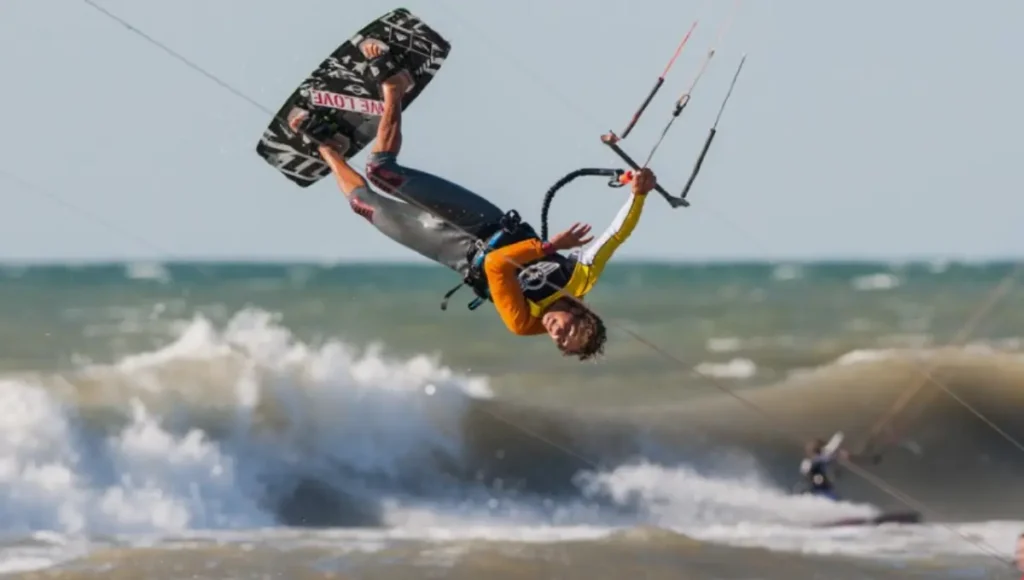
If you fall while kitesurfing, several things might occur. The kite or crash could drag you into the water. It’s essential to stay calm, release the kite’s control bar, and activate the safety system to detach from the kite.
Always wear a harness and a life jacket for safety. Falling is a natural part of learning any new sport, but injuries can be minimized with proper precautions and equipment. Practice in shallow water and gradually progress to deeper areas as your skills improve.
How do you relaunch a kite from the water?
Relaunching a kite from the water involves a few key steps. First, position the kite at the edge of the wind window. Then, pull on one of the kite lines to flip the kite onto its back, known as the “leading edge.”
Next, pull on the other line to steer the kite upward. Use the kite’s power to propel yourself out of the water. Keep tension on the lines to maintain control. With practice, relaunching becomes easier, helping you get back up and continue kitesurfing safely.
Frequently Asked Questions
Conclusion
Going underwater while kitesurfing can pose risks, including entanglement, exhaustion, and potential drowning. However, these risks can be minimized by being prepared, practising safety techniques, and using proper equipment. Kitesurfers should prioritize maintaining control of the kite, staying aware of wind conditions, and undergoing thorough training.
In the event of going underwater, quick action, such as releasing the control bar and activating safety systems, is crucial for resurfacing safely. By following these guidelines and staying vigilant, kitesurfers can enjoy their sport while minimizing the likelihood of underwater incidents.
